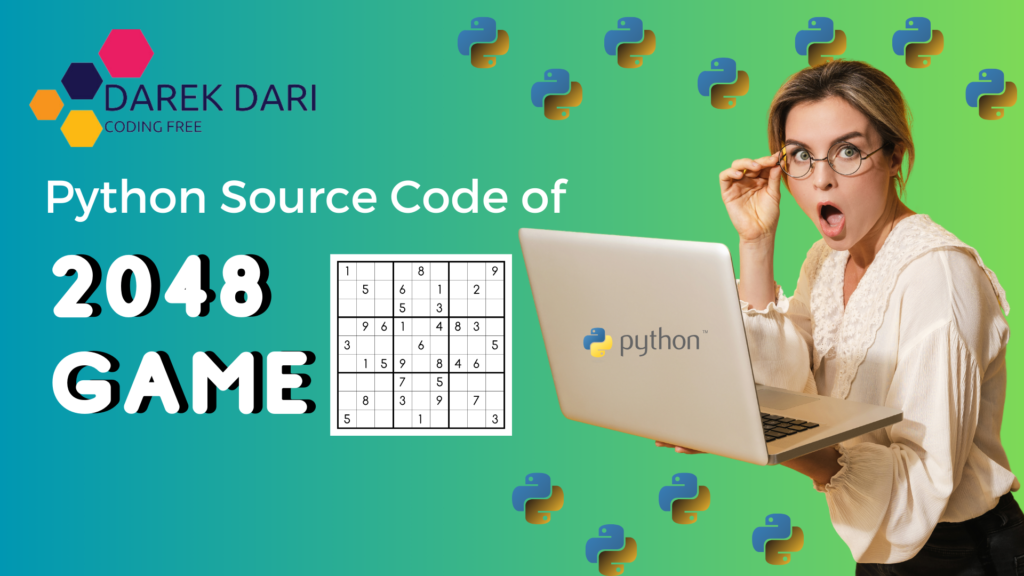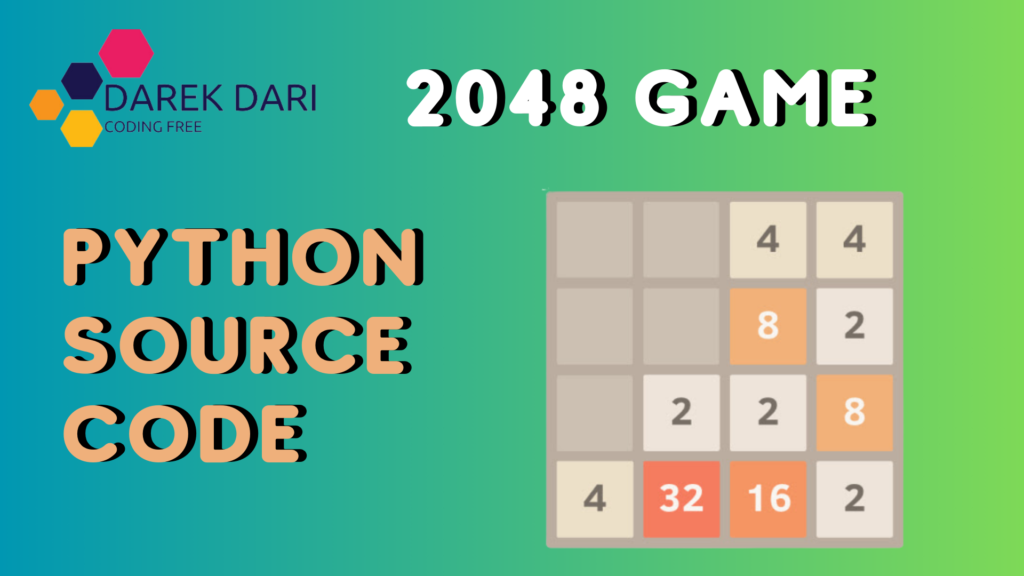
Table of Contents
Have you ever wanted to create a highly addictive, strategic puzzle game while honing your Python programming skills?
Look no further! Today, we’re going to dive into building the 2048 game, a popular sliding block puzzle that has captivated millions of players around the globe.
So, grab your favorite coding beverage and let’s get started on this exciting journey!
2048 game cupcakes
cupcake game 2048
2048 cupcake game
2048 cupcakes
2048 taylor swift
2048 code python
2048 python code
taylor swift 2048
What is 2048 Game?
The 2048 game is a single-player puzzle where you slide numbered tiles on a 4×4 grid to combine them and create a tile with the number 2048. Each move introduces a new tile (2 or 4), and the goal is to reach the 2048 tile. The game ends when no more moves are possible.
Setting Up the Game
To build the 2048 game, we’ll use Python and its powerful libraries to manage the game logic and user interactions. Let’s start by setting up the initial grid and adding functions to handle the core mechanics of the game.

Step-by-Step Code Explanation
Initial Setup
First, we need to import the necessary modules and set up the initial 4×4 grid.
import random
def initialize_grid():
grid = [[0] * 4 for _ in range(4)]
add_new_tile(grid)
add_new_tile(grid)
return grid
def add_new_tile(grid):
row, col = random.choice([(r, c) for r in range(4) for c in range(4) if grid[r][c] == 0])
grid[row][col] = random.choice([2, 4])
def print_grid(grid):
for row in grid:
print('\t'.join(map(str, row)))
print()In this setup, the initialize_grid function creates a 4×4 grid initialized with zeros. The add_new_tile function randomly places a new tile (2 or 4) in an empty spot on the grid. The print_grid function displays the grid in a readable format.
cupcake 2048
cupcakes 2048
game 2048
2048 games
2048 the game
2048 game unblocked
2048 unblocked
2048 unblocked games
2048 code python
2048 python code
Handling User Input and Moves
Next, we need to handle user inputs and the movement of tiles. The game recognizes four possible moves: up, down, left, and right.
def move_left(grid):
def tighten(row): # Squeeze non-zero elements to the left
new_row = [i for i in row if i != 0]
new_row += [0] * (4 - len(new_row))
return new_row
def merge(row): # Combine tiles
for i in range(3):
if row[i] == row[i + 1] and row[i] != 0:
row[i] *= 2
row[i + 1] = 0
return row
new_grid = []
for row in grid:
new_row = tighten(merge(tighten(row)))
new_grid.append(new_row)
return new_grid
def move_right(grid):
def reverse(row):
return row[::-1]
grid = [reverse(row) for row in grid]
grid = move_left(grid)
grid = [reverse(row) for row in grid]
return grid
def move_up(grid):
grid = transpose(grid)
grid = move_left(grid)
grid = transpose(grid)
return grid
def move_down(grid):
grid = transpose(grid)
grid = move_right(grid)
grid = transpose(grid)
return grid
def transpose(grid):
return [list(row) for row in zip(*grid)]These functions handle the movement of tiles in each direction. The move_left function compresses and merges the tiles to the left. The move_right, move_up, and move_down functions utilize move_left by reversing and transposing the grid as needed.
unblocked games 2048
2048 games unblocked
math playground fun games
math playground chess
mathplayground chess
2048 game online
2048 code
2048 game math playground
2048 online
2048 code
2048 code Python
2048 game code
2048 game code in Python
2048 game Python code
2048 game source code
2048 in Python
2048 math playground
2048 mathplayground
2048 Python
2048 Python code
Main Game Loop
Finally, let’s implement the main game loop that allows players to make moves until the game is over.
def game_over(grid):
for row in grid:
for cell in row:
if cell == 0:
return False
for row in grid:
for i in range(3):
if row[i] == row[i + 1]:
return False
for col in range(4):
for i in range(3):
if grid[i][col] == grid[i + 1][col]:
return False
return True
def main():
grid = initialize_grid()
print("Welcome to 2048!")
print_grid(grid)
while True:
move = input("Enter move (w/a/s/d): ").lower()
if move in 'wasd':
if move == 'w':
new_grid = move_up(grid)
elif move == 'a':
new_grid = move_left(grid)
elif move == 's':
new_grid = move_down(grid)
elif move == 'd':
new_grid = move_right(grid)
if new_grid != grid:
grid = new_grid
add_new_tile(grid)
print_grid(grid)
if game_over(grid):
print("Game over!")
break
else:
print("Invalid move. Try again.")
else:
print("Invalid input. Use w/a/s/d for moves.")
if __name__ == "__main__":
main()In the main function, the game starts by initializing the grid and entering a loop where the player can input moves. The grid is updated accordingly, and a new tile is added after each valid move.
The game checks for a game-over condition after each move and ends if no more moves are possible.
2048 play online
online game 2048
2048 taylor swift albums
2048 strategy
how to win 2048
how to win 2048 game
2048 python
2048 python code
2048 source code
2048 code
2048 code python
2048 game code
2048 game code in python
2048 game python code
2048 game source code
2048 in python
2048 math playground
2048 mathplayground
2048 python
2048 python code
Conclusion
Congratulations! You’ve successfully built the 2048 game in Python. This project not only provides hours of fun but also enhances your understanding of Python programming concepts such as loops, conditionals, and list manipulations.
So, keep experimenting, add your unique twists to the game, and happy coding!




0 Comments